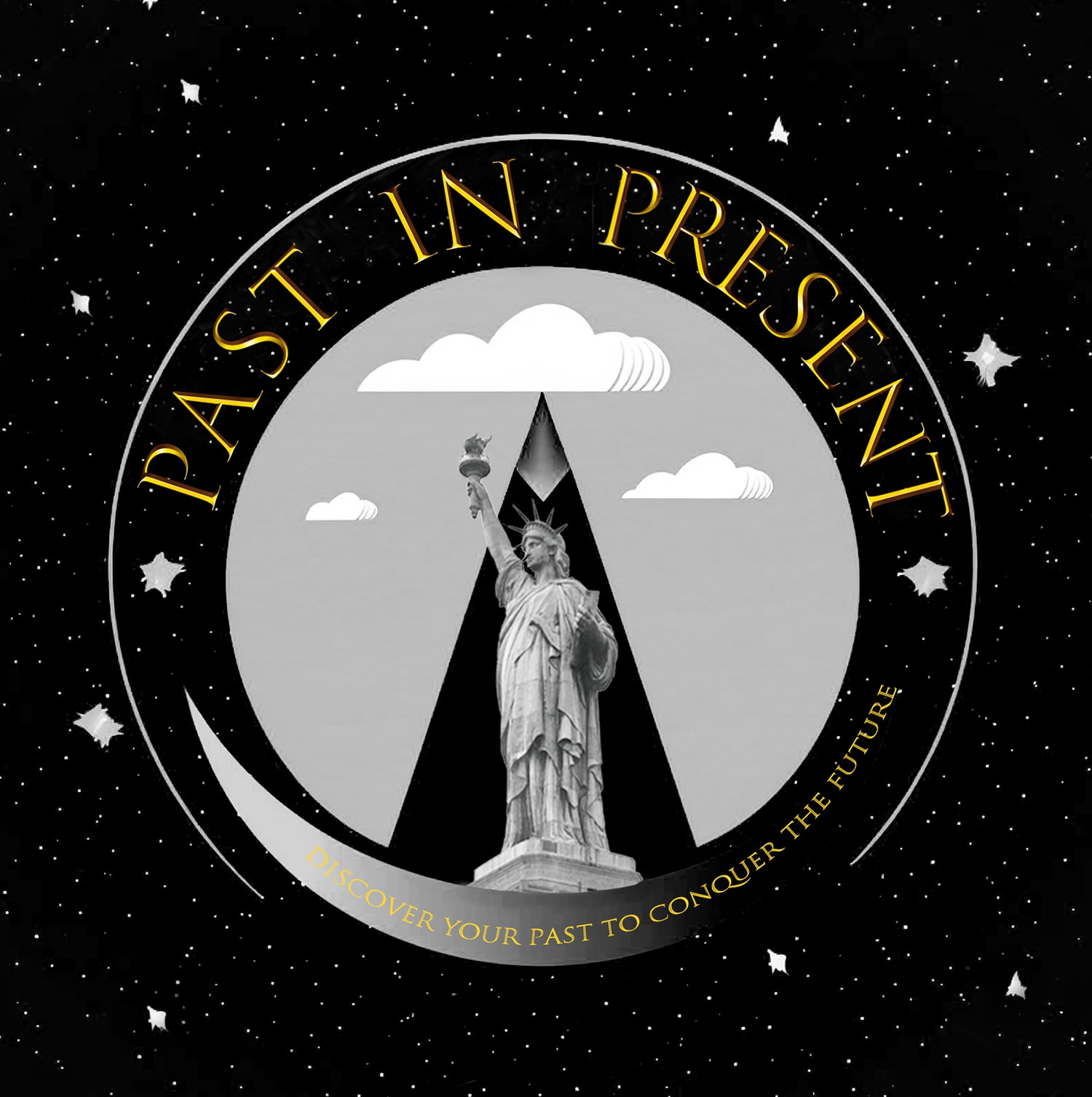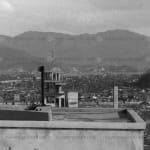 The Most Fearsome Sight - Aftermath Of The Atomic Bombing of Hiroshima August 6th, 1945.
The Most Fearsome Sight - Aftermath Of The Atomic Bombing of Hiroshima August 6th, 1945.
 The Most Fearsome Sight - Aftermath Of The Atomic Bombing of Hiroshima August 6th, 1945.
The Most Fearsome Sight - Aftermath Of The Atomic Bombing of Hiroshima August 6th, 1945.
 The Most Fearsome Sight - Aftermath Of The Atomic Bombing of Hiroshima August 6th, 1945.
The Most Fearsome Sight - Aftermath Of The Atomic Bombing of Hiroshima August 6th, 1945.
 The Most Fearsome Sight - Aftermath Of The Atomic Bombing of Hiroshima August 6th, 1945.
The Most Fearsome Sight - Aftermath Of The Atomic Bombing of Hiroshima August 6th, 1945.
 Original vintage 35mm film camera negative (display only not for sale)
Original vintage 35mm film camera negative (display only not for sale)
 Original vintage 35mm film camera negative (display only not for sale)
Original vintage 35mm film camera negative (display only not for sale)
The Most Fearsome Sight - Aftermath Of The Atomic Bombing of Hiroshima August 6th, 1945
Print carefully fitted in 18 X 24" Bright White 100% cotton pre-cut Museum Exhibition mat board from Archival Methods fully assembled with a 4-ply beveled window and a 2-ply backing board, hinged together with linen tape
Watermarks do not appear on the actual artwork.
33 x 48.3 cm
Further images
Aftermath of Hiroshima Bombing - This poignant image, captured by an unknown photographer a couple of months after the Hiroshima bombing, offers a rare glimpse into the devastating aftermath of one of history's most significant events. Secured from 35mm historical negative, this fine print stands as a testament to the resilience and tragedy witnessed in Hiroshima.
Dominating the lower left of the image, the ruins of the Nagarekawa Methodist Church convey the sheer force of the blast. The church, once a place of peace and worship, now stands shattered amid the desolation, symbolizing the profound loss experienced by the city.
In the distance, directly across from the photographer, another tower rises with a pole standing atop its roof. A close-up reveals a person on the top floor, seemingly looking directly at the camera. This haunting detail adds a personal dimension to the devastation, evoking the human cost of the bombing.
The image is filled with intricate details that are both fascinating and terrifying. Every element of the photograph tells a story of destruction and survival, making it a powerful piece of historical documentation.
Original wartime negatives of this subject are exceptionally rare, making this historical print a valuable and significant addition to any collection. It not only captures a moment in time but also serves as a stark reminder of the horrors of war and the enduring spirit of humanity.
History of the event:
On August 6, 1945, at 8:15 a.m., the crew of the B-29 bomber Enola Gay released “Little Boy” from its restraints and the bomb fell away. Little Boy fell almost six miles in 43 seconds before detonating at an altitude of 2,000 feet. The bomb exploded with the force of more than 15,000 tons of TNT directly over a surgical clinic, 500 feet from the Aioi Bridge. Less than two percent of the bomb’s uranium achieved fission, but the resulting reaction engulfed the city in a blinding flash of heat and light. The temperature at ground level reached 7,000 degrees Fahrenheit in less than a second. The bomb vaporized people half a mile away from ground zero. Bronze statues melted, roof tiles fused together, and the exposed skin of people miles away burned from the intense infrared energy unleashed. At least 80,000 people died instantly.
In the minutes, hours, and days that followed the bombing, survivors in Hiroshima tried desperately to locate loved ones and care for the thousands of wounded. Some people exhibited horrible burns, while others who outwardly appeared unscathed later died painful deaths from radiation poisoning. Thousands of people were buried in the debris of their homes. Most structures in the city had been constructed of wood with tile roofs. All but a handful of concrete structures in the city center had been completely leveled.
President Harry Truman was aboard the cruiser USS Augusta on his way back from the Potsdam Conference when he learned of the bomb’s successful detonation. He immediately shared the news with his advisors and the ship’s crew. As the information was broadcast around the world, Allied soldiers around the globe felt as though they had received a reprieve from a death sentence. The end of World War II finally appeared to be in sight.
As soon as it was considered reasonably safe to enter the city of Hiroshima after the atomic bombing of August 6, 1945, numerous investigations were undertaken by different agencies. The Physical Damage Division of the United States Strategic Bombing Survey (USBS) investigated conditions in the city from October 14 to November 26 in an effort to chart the physical damage created by the bomb. The division took photographs to illustrate their findings and USBS's final three-volume report, Effects of the Atomic Bomb on Hiroshima, Japan. The report was published in May, 1947










